5 a.m., and the snow has fallen. Every now and again, a tea-session makes its way into my working week, due to an unusually early start. Xiaohu will wake in an hour or two, which is time enough to get the kettle working.
The only other Shangdou I have in my archives is a version from 2008. Back when (correct me if I'm wrong) they were something of a novelty. I don't recall seeing them before 2008, at least. Of course, since then, the Douji catalogue has made the Shangdou one of its regular blends.
As with much of my Douji, this sample comes from Big Jerry, over at China Chadao. I think his (physical bricks-and-mortar) teashop is a franchise of Douji, but I might be wrong.
It certainly seems to be a blend, in comparison to the homogeneity of the company's more expensive "single mountain" cakes. Pictured above, the tight little cake is a mixture of small fragments - the result, though, is glossy and pleasant. Even after the snow, at 5 a.m., the leaves exude the gentle candy-like sweetness of Douji blends.
It certainly seems to be a blend, in comparison to the homogeneity of the company's more expensive "single mountain" cakes. Pictured above, the tight little cake is a mixture of small fragments - the result, though, is glossy and pleasant. Even after the snow, at 5 a.m., the leaves exude the gentle candy-like sweetness of Douji blends.
Douji blends are good "early morning cakes": I wouldn't want my still-slumbering tastebuds to encounter anything too subtle or gradual at such an hour, and the Douji Shangdou is certainly neither subtle nor gradual.
Perculiar to most Douji blends is the husky (but not roasted) sweetness of raw pu'ercha leaves, put through whichever process Douji uses that results in such a characteristic. Once hot water is added, the scent takes off, delivering a huge lengxiang [cold scent] of sticky, solid candy.
This blend is plenty of lo-fi fun: it is bitter, sweet, and enjoyably cereal-like, for those that like a little "outer region" flavour to their cake. After three or four infusions, it swells to its maximum potency, and tastes very Lincang or Simao.
Indeed, checking the blend contents, it seems that this cake includes Menghai, Mengku (Lincang), and Simao.
On a cold winter morning, a rugged and stable little kicker such as this is very welcome. It is not complex, but that stable base of cereal strength is plentifully fun.
Indeed, checking the blend contents, it seems that this cake includes Menghai, Mengku (Lincang), and Simao.
On a cold winter morning, a rugged and stable little kicker such as this is very welcome. It is not complex, but that stable base of cereal strength is plentifully fun.
Changing gear, I head into the Xiangdou [fragrant Dou]. I haven't tried this one since 2009.
This is tippy and, would you believe it?, highly fragrant. The clue, as always, is in the name.
The blend contains, I later discover, Bulang, Menghai, and a mystery third location. This is big, buttery, and sweet: "xiang" indeed. While it carries the Douji signature of low tobacco, this also contains a variety of floral tones, which is quite unusual for this brand.
Sweet cereal, shengjin [mouth-watering]: it is, as with the Shangdou, stable and enjoyable. Tangy in kuwei [good bitterness], this has plenty to enjoy.
I am eternally beholden to solid plantation blends, because they remind me of my eternal favourite, the solid old Menghai classics. Douji fits the bill. Be warned accordingly, if you do not prefer this genre.
The sun is not yet risen, nor my son. Perhaps there's time for another infusion.

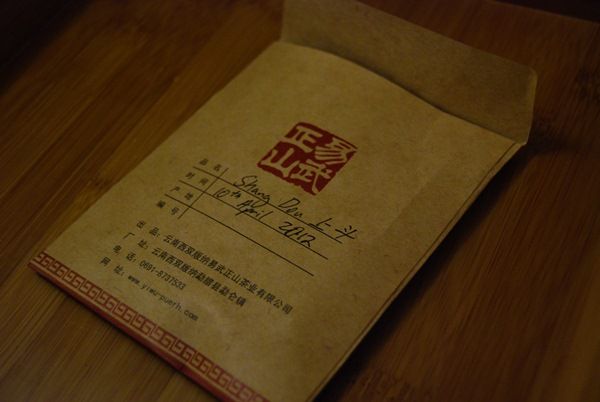
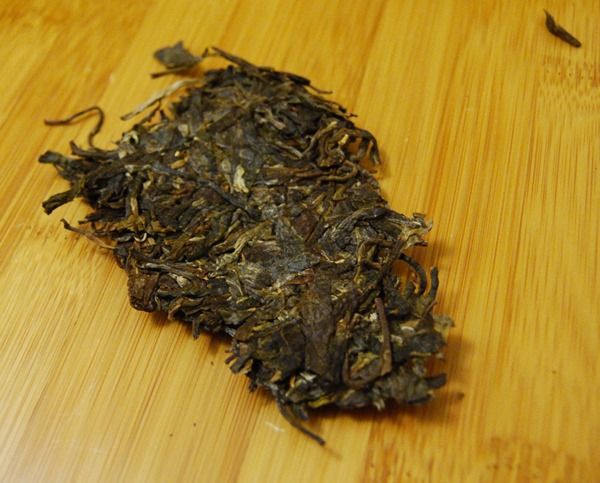
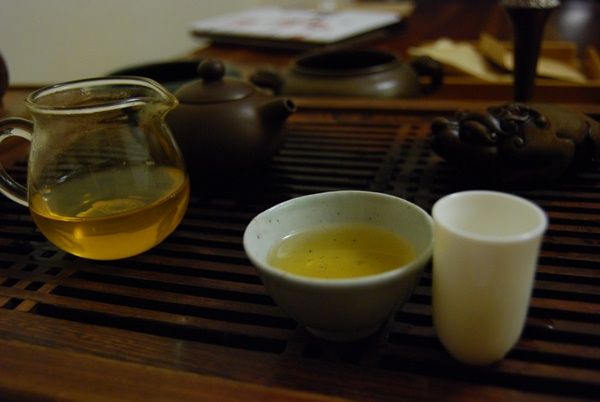
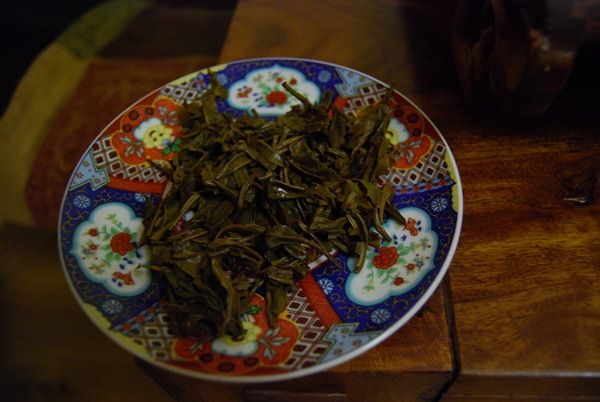
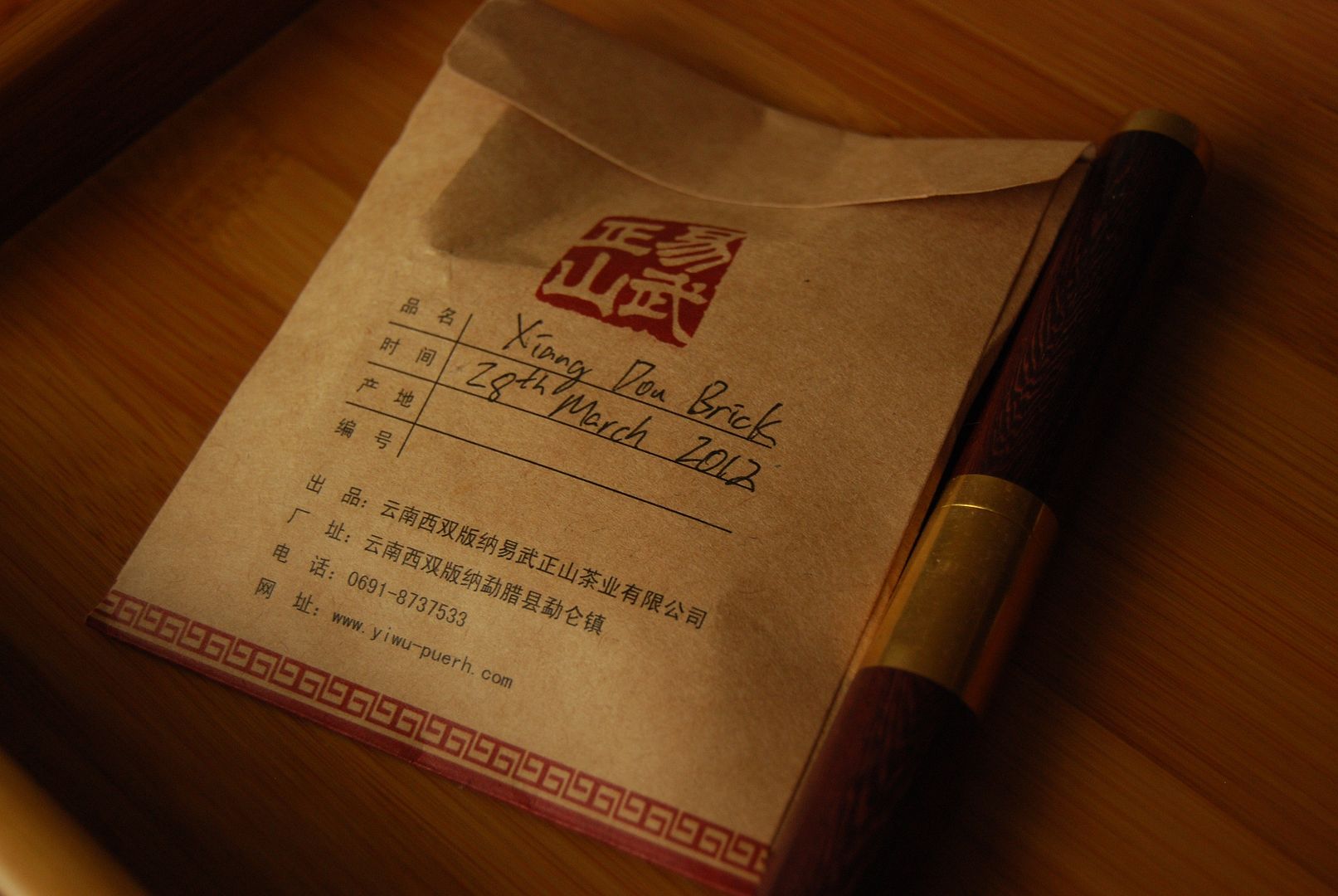
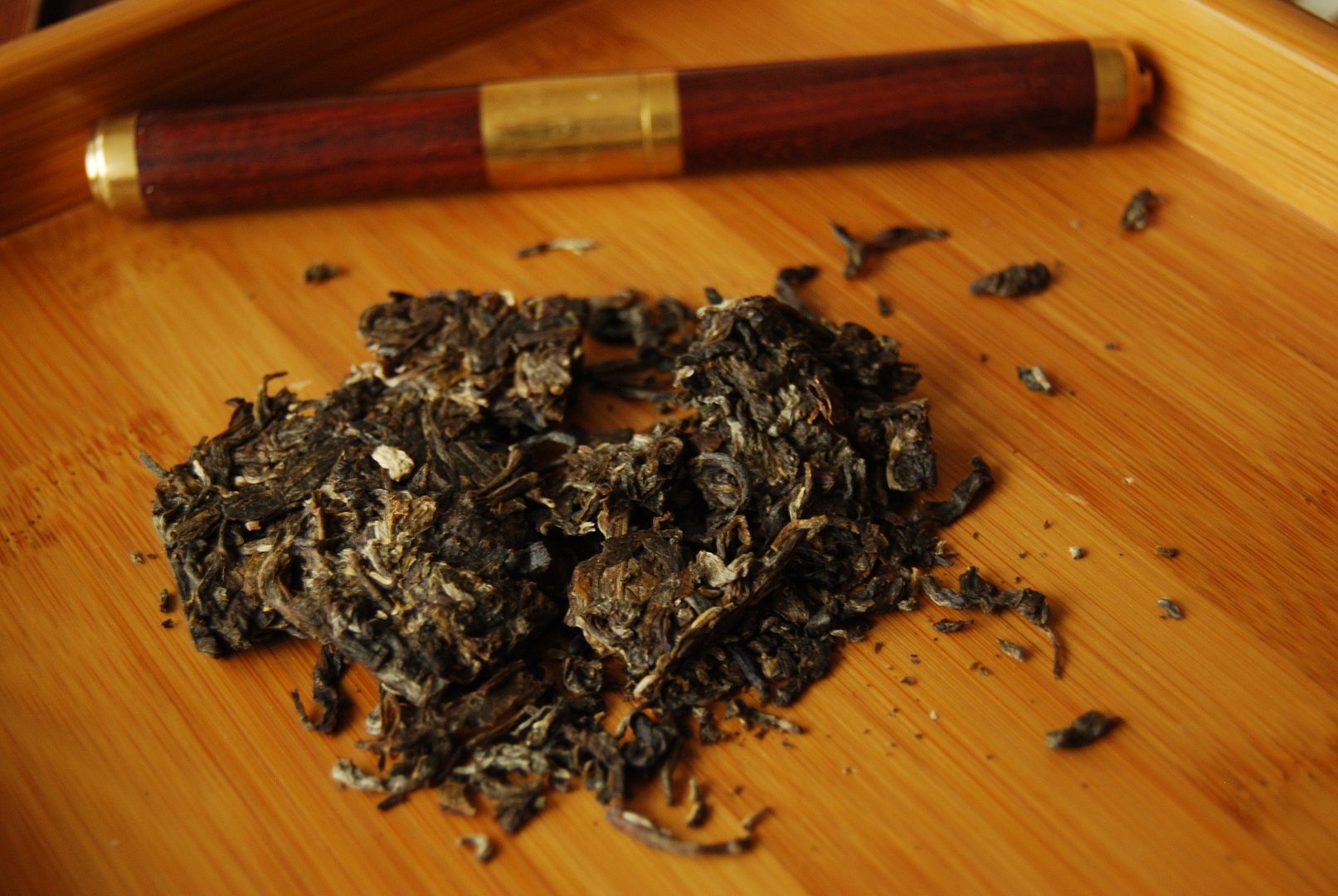
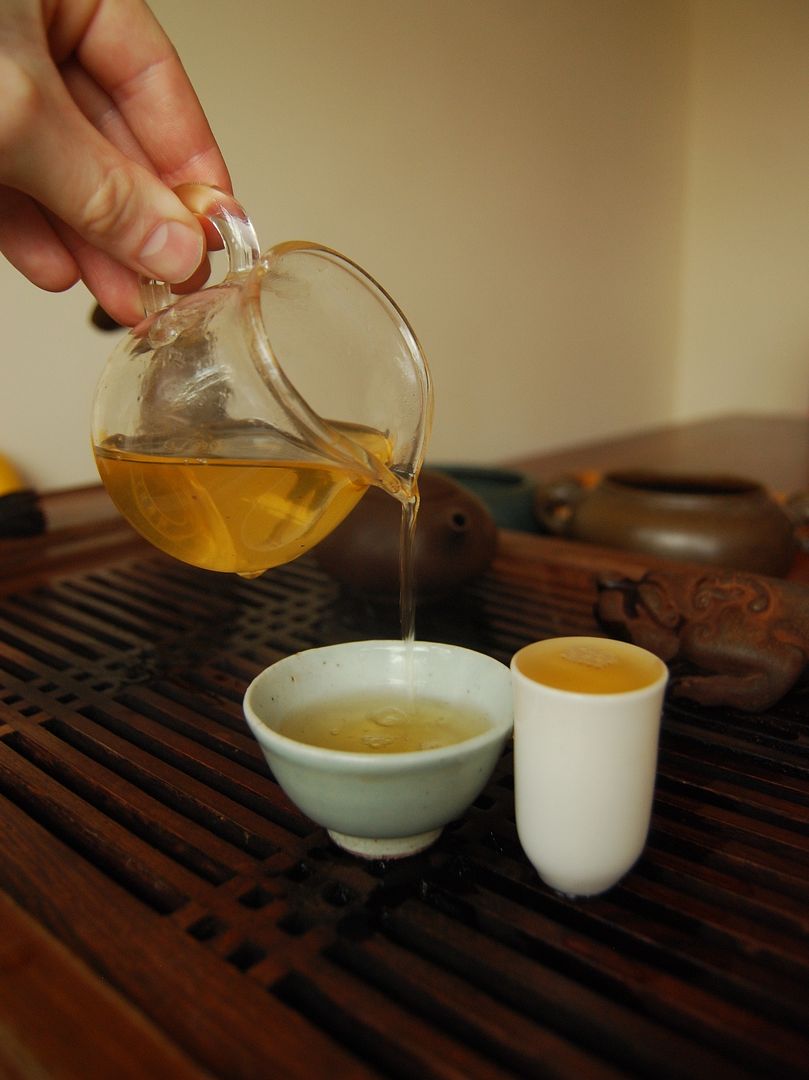

4 comments:
I like these douji blends! Especially xiangdou. It should consist mainly from bada. I love bada region! Have you tried the 2012 version?
The Douji blends are remarkably stable, even from year to year, with a minor drift on the four-to-five-year scale. Their price is getting a little out-of-hand, however, in the same way that modern Dayi prices suffer.
I must say that I haven't ever tried, as far as I can recall, a Douji cake that was purely Badashan. What did you make of the 2012 version? :)
Toodlepip,
Hobbes
Now Im not so sure if I drank 2011 or 2012.. 2012 should be pure and bada 2011 is blend. We drank lot of Douji on one session of our Pu Erh Club in Bratislava. Ill try to find some tasting notes.
Puerh Club?! What a fantastic idea.
Post a Comment